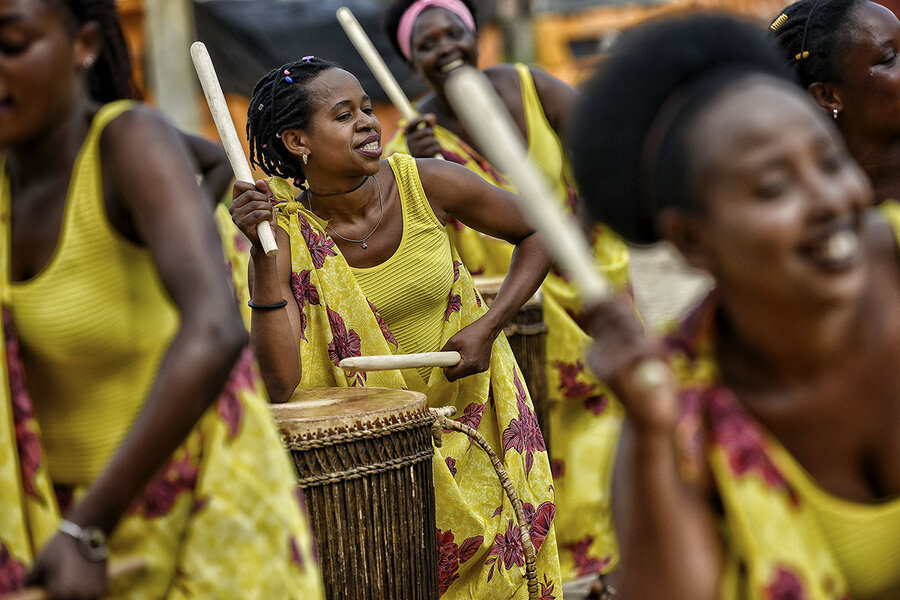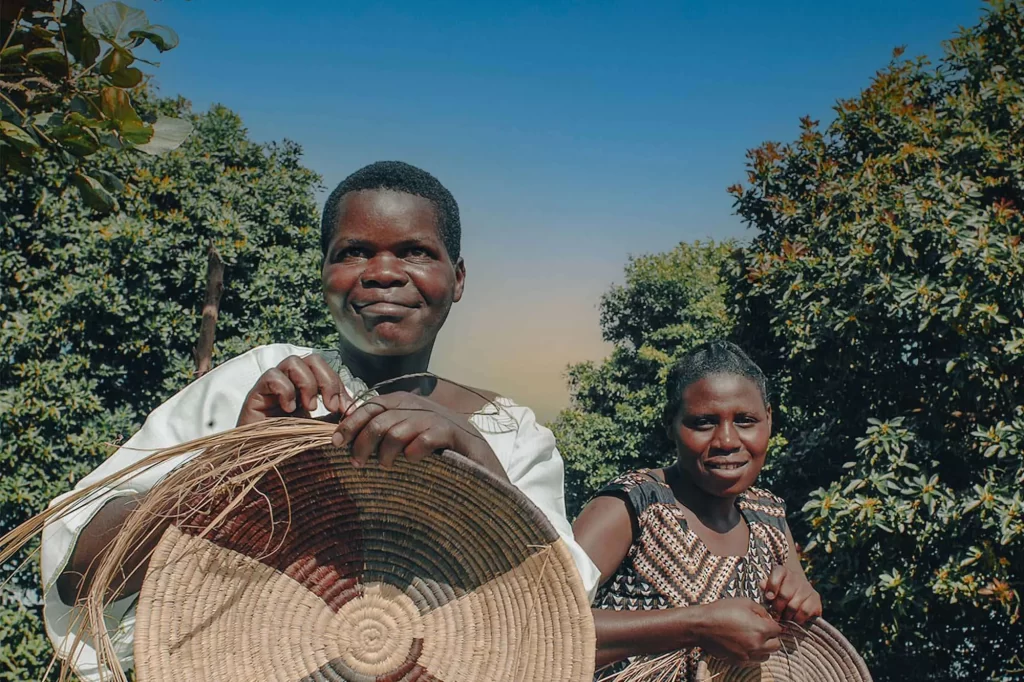The Tutsi ethnic group in Rwanda
The Tutsi ethnic group of Rwanda: The Tutsi in Rwanda constitute an ethnic minority and are prominently recognized in connection with the 1994 Rwandan genocide. This article will elucidate the physical attributes of this tribe’s members, their notable distinctions, jobs, and other intriguing facets of the tribe. The Tootsie, or Abatutsi, are an ethnic group in Rwanda and Burundi. The predominant group resides in Rwanda, constituting 14% of the total population; 85% are Hutu and 1% are Batwa, the latter being the smallest ethnic group.

During the 14th and 15th centuries, it is believed that Tutsis migrated to Rwanda from the northeast in pursuit of grazing territory. This is believed to be due to their primary occupation as pastoralists, with Rwanda’s abundant greenery meeting their requirements. Notably, although the Tutsi tribe were adept fighters, they increasingly engaged in cattle rearing upon their arrival in Rwanda. They possessed an advantage over the Hutus, who are believed to have arrived in Rwanda before to the Tutsis. The Tutsi tribe successfully expanded their territory and gained an advantage over the Hutu tribe and Batwa due to their organizational prowess. Their spread continued until the European colonial era in the eighteenth century.
During this period, the Hutu and Tutsi cohabited, although the Belgian government’s favoritism towards the Tutsi incited resentment among the Hutu, resulting in heightened tensions between the two factions and the subsequent genocide in Rwanda. The Tutsis sustained their supremacy over the Hutus with the backing of the Belgian government until the dissolution of the Mwami-led monarchy in 1961.
The physical attributes of the Tutsi people were a primary factor in Belgium’s preference for them throughout the colonial era. The Tutsi are characterized by their height, pronounced cheekbones, and slender nose, in contrast to the Hutu. The average height of an adult male. An adult Tutsi often measures 5 feet 9 inches in height, rendering them among the tallest individuals in Africa. A further distinction between Tutsis and Hutus is that Tutsis possess a lighter complexion compared to Hutus, whereas intermarriage between the two mitigates skin color differences. President Kagame, who ascended to power following the Hutu regime, and Yubenare Habyarimana, a Hutu purportedly assassinated by Tutsis and orchestrator of the 1994 Rwandan genocide, are both notable figures associated with the Tutsi ethnicity in Rwanda. To gain deeper insights into the tribes of Rwanda, consider undertaking a cultural tour of the country to enhance your understanding of the Rwandan populace and its diverse tribes. Bugesera Reconciliation Village is one of the settlements created to enhance ties.

Bugesera Reconciliation Village was created to enhance relations between the Hutu and Tutsi tribes in the aftermath of the Rwandan genocide, which exacerbated tensions between the two groups. Visitors to Bugesera Reconciliation Village can observe how victims and perpetrators built a relationship founded on mutual respect and affection. Rwandan safaris encompass activities such as gorilla treks, golden monkey treks, and excursions to national parks for tracking the “big five” wildlife of Rwanda. One can embark on a boat trip on Lake Ihema, engage in the Rwanda Canopy Walk, and ascend Mount Virunga for a breathtaking vista of Rwanda’s twin lakes within Akagera National Park.
